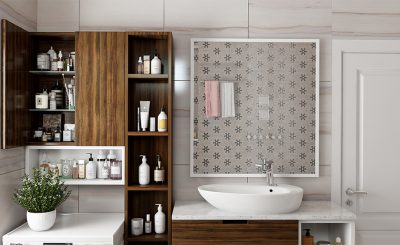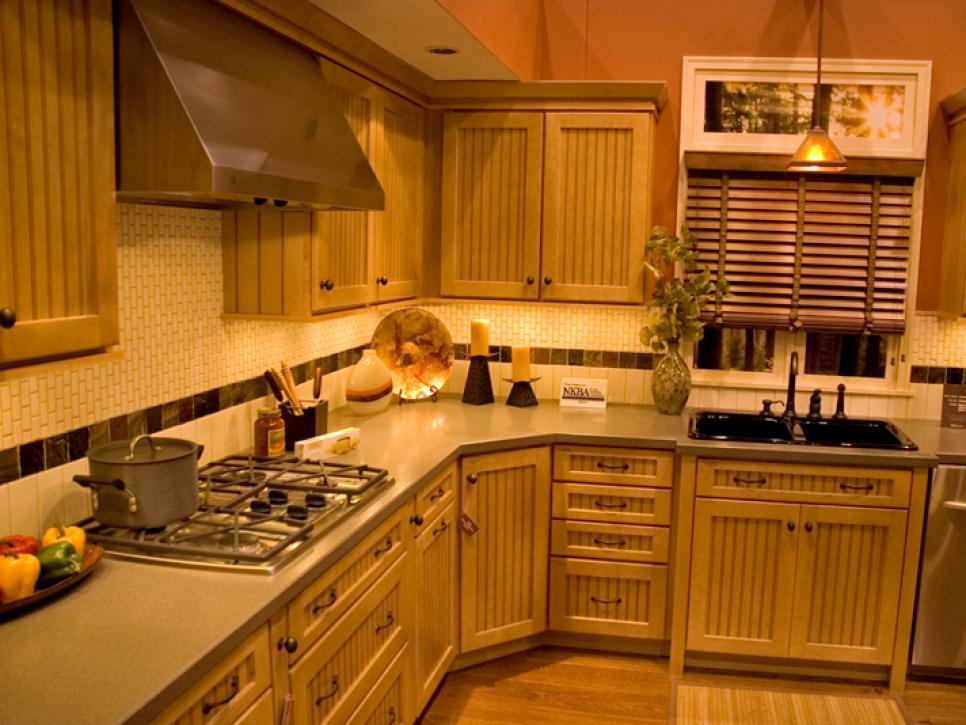There is a range of roof tiles to choose from, each offering its own set of advantages and disadvantages. Here is our helpful guide that will assist in selecting the appropriate type of roofing tile for your home.
Metal roof tiles are energy efficient and reflect radiant heat away from your house to help regulate its temperature during summertime. Furthermore, these resilient and fireproof materials offer great peace of mind.
Clay Tiles
Clay tiles are an iconic material used as roof covering, offering many advantages when applied as roof covers. Clay tiles are strong and long-lasting while providing insulation against heat generated from sunlight as well as being leak and fungus-resistant – adding beauty and value to your property with curb appeal!
These attractive options come in an array of appealing colors to help personalize the aesthetic of your home, are class A fireproof and can withstand an impressive amount of rainfall.
They do, however, come with some disadvantages. Clay roof tiles can be quite heavy; having them installed will require reinforcing your framing (depending on which kind you select). Furthermore, their weight may cause tiles to become fragile when you walk over them – something which can be avoided by hiring an experienced contractor who specializes in this kind of roof installation.
Metal Roof Tiles
Metal roofing tiles, also known as metal roof tiles, have become the latest trend in roofing. Crafted from steel, aluminum or copper panels arranged like traditional clay tiles for an authentic appearance that can withstand even extreme weather conditions and last up to 50 years.
Metal roof tiles differ significantly from concrete in that they’re thin and therefore allow heat to transfer rapidly into an attic, leading to higher energy bills and subsequent increases.
Metal roof tiles can become damaged through denting and weather damage, which can reduce curb appeal. Rain may create an irritating drumming sound on these roofs that some find irritating; insulation may help alleviate this issue. These lighter-than-concrete or clay tile solutions cover more ground per panel – an individual panel can even cover an area equivalent to eighty ceramic tiles! They come with several attractive Kynar 500 color choices.
Concrete Tiles
Concrete tiles (commonly referred to as cement or Spanish tile roofs) offer homeowners many benefits as roofing options, due to being durable, cost-effective, and offering many stylish design choices.
Weather-proof doors and frames can withstand inclement weather conditions such as snow loads and high winds with ease. Furthermore, they’re impervious to wildfire embers causing fire damage inside a home and serve as a firebreak between structure and fire damage.
These roofing tiles can be quickly made, making fabrication an economical solution that helps reduce installation costs. Plus, their aesthetic can even mimic that of different kinds of tiles for a more customized aesthetic.
One drawback of these tiles is their porous nature, allowing moisture to seep into them and promote moss or mildew growth. Furthermore, these tiles may crack under pressure such as from tree limbs falling onto them or when someone walks across them on roof.
Slate Tiles
Slate tile roofs have long been popular due to their natural rock look, making them an excellent roofing choice that stands the test of time. Slated roofs can add style and character to any home while standing out among other forms.
Roof sealer applications provide another important service by closing any pores in the stone surface and creating a protective shield over its surface. Regular applications should also help extend their longevity.
Slate roof tiles are heavy, so installation must be handled by a trained professional with care and can take several days if the roof has an incline.
Slate tiles are 100% natural and feature an eye-catching aesthetic, making them popular with homeowners looking to give their house an unforgettable look. Unfortunately, however, these non-flexible stones break easily; additionally, each broken slate tile has its own distinct appearance making replacement difficult.

















